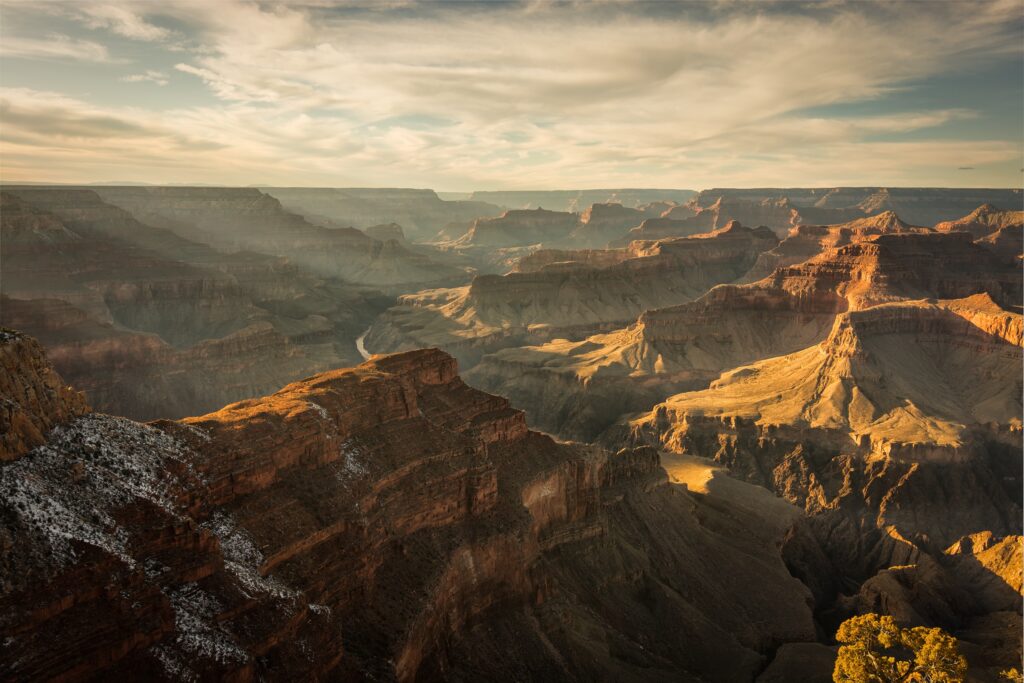This article was originally published in The Hill.
Two years ago, Joe Cunningham won South Carolina’s 1st Congressional District with a campaign dominated by a single issue: oppose offshore oil and gas exploration in the Atlantic. The message was simple, but in the coastal district roughly centered around Charleston it was powerful enough to win a seat no Democrat had won since the 1970s.
The next year, he got the House to pass a bill he sponsored to permanently ban offshore testing and drilling up and down eastern and western coasts.
Now in a reelection year, Rep. Cunningham has become champion and sponsor of a bill seemingly at odds with the very issue that got him to Washington. The Great American Outdoors Act would provide funding for conservation purposes in perpetuity—but with federal revenues that come from offshore oil and gas leasing.
The situation highlights a tension that reaches far beyond South Carolina. Most coastal residents oppose drilling off our shores, but offshore energy has funded conservation and recreation in practically every U.S. county for more than 50 years. Given the inherent tension, it’s time for policymakers to reconsider exactly where conservation funding should come from in the future.
Last month, the Great American Outdoors Act defied our current political climate and overwhelmingly passed in the Senate with a bipartisan vote. The House is scheduled to vote on the bill this week.
The act would mandate full annual funding of $900 million for the Land and Water Conservation Fund (LWCF), a program that has conserved natural areas and funded recreation projects such as local parks and sports facilities since its inception in 1965. Offshore energy revenue, virtually all of which is generated in the Gulf of Mexico, funds the program. The proposed legislation also would direct up to $9.5 billion of energy revenue over the next five years to address overdue maintenance in national parks, forests and other public lands, a huge help given the neglected infrastructure at many such sites.
Half a century ago, the logic of devoting energy revenue to such purposes was straightforward: We would use a portion of the proceeds from extracting resources on federal lands and waters to conserve natural areas elsewhere. Today, however, that model is under pressure. Every major presidential candidate in Rep. Cunningham’s party, including Joe Biden, pledged to halt new fossil fuel drilling on federal lands and waters, a stance that obviously sits well with the congressman.
Banning new oil and gas drilling would not affect federal energy revenue overnight—existing leases generally last for at least a decade—but it eventually could threaten the conservation funding dependent upon energy revenue. The National Ocean Industries Association, a trade group, estimates that an offshore ban implemented in 2022 would reduce average offshore revenue by 61 percent by 2040.
The paradox of opposing offshore drilling while supporting conservation funding reliant on it is plain to see. So far, however, few elected officials seem interested in acknowledging, let alone addressing, the conundrum.
Replacing offshore oil and gas with offshore wind eventually could be an option. But we’re far from that being a reality—no offshore wind energy is produced in federal waters—and it’s easier said than done politically. While many in South Carolina, including the Charleston City Council, have supported the idea of offshore wind development, it presents its own environmental concerns and “not in my backyard” objections.
A better option might be to unshackle conservation funding from energy development altogether. Hunters and anglers already finance conservation when they buy licenses to hunt or fish and pay excise taxes to purchase ammunition, fishing tackle and other gear. These sources generated about $2.6 billion for the conservation budgets of state fish and wildlife agencies last year—nearly triple a fully funded LWCF.
Surely there’s a way for hikers, paddlers, mountain bikers and other recreationists to contribute to conservation in a similar fashion. The potential is there—the outdoor recreation economy accounts for an estimated $427 billion.
There’s room for creative and complementary approaches. But if you care about conservation and recreation, there’s plenty of reason to ask our policymakers to resolve the tension between funding and fossil fuels before it comes to a breaking point.




